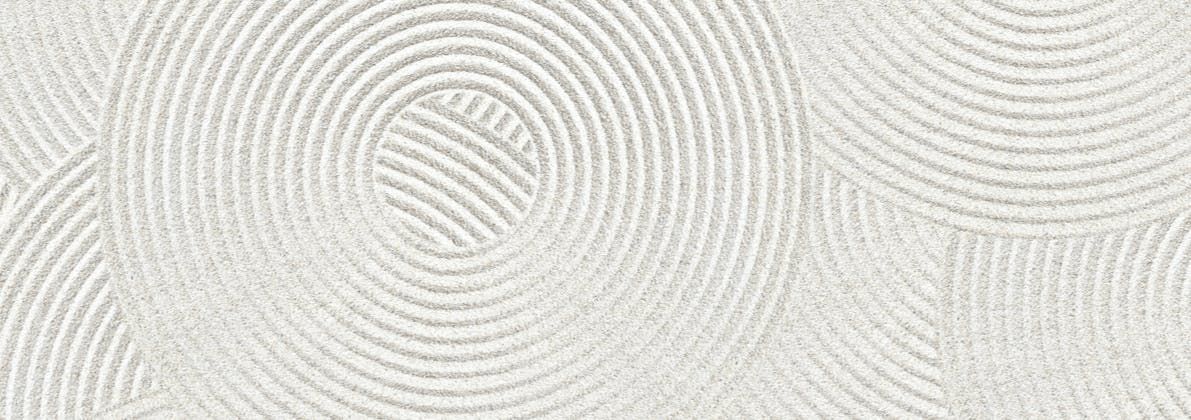Rhinoplasty, often referred to as a "nose job," is a transformative procedure designed to reshape and enhance the aesthetics or functionality of the nose. In recent years, the rise of non-surgical filler rhinoplasty has provided patients with a less invasive alternative to surgical rhinoplasty. However, these two approaches are vastly different in terms of technique, outcomes, and limitations. This blog will provide an in-depth comparison, highlighting the key differences, the limitations of non-surgical rhinoplasty, and considerations for choosing the right option.
What is Surgical Rhinoplasty?
Surgical rhinoplasty is a procedure performed by a qualified facial plastic surgeon to alter the shape, size, or functionality of the nose. It can address both cosmetic and medical concerns, such as:
- Reducing or reshaping a dorsal hump (bump on the bridge of the nose).
- Refining the nasal tip.
- Correcting asymmetry.
- Improving nasal breathing by addressing structural issues, such as a deviated septum.
Techniques in Surgical Rhinoplasty
Open Rhinoplasty:
- Involves an incision across the columella (the strip of tissue between the nostrils).
- Provides the surgeon with a full view of the nasal structures for precise adjustments.
- Commonly used for complex cases.
Closed Rhinoplasty:
- All incisions are made inside the nostrils.
- Less invasive with reduced recovery time.
- Best suited for minor reshaping.
What is Non-Surgical Filler Rhinoplasty?
Non-surgical rhinoplasty, also known as liquid rhinoplasty, uses dermal fillers to reshape the nose temporarily. The procedure involves injecting hyaluronic acid-based fillers to:
- Smooth out minor irregularities.
- Fill depressions or indentations.
- Add height to the nasal bridge or correct asymmetry.
- This approach is minimally invasive and requires no downtime, making it an attractive option for some patients.
Limitations of Non-Surgical Rhinoplasty
While non-surgical rhinoplasty has gained popularity for its convenience, it has significant limitations that patients should understand:
Cannot Reduce Nose Size:
Fillers add volume, which inherently makes the nose appear larger. This contrasts with surgical rhinoplasty, where the nose can be made smaller and more refined.
Limited Scope of Correction:
Suitable for minor enhancements, such as filling a small depression or smoothing a slight bump.
Cannot correct a large dorsal hump, refine a droopy tip, or significantly alter the nose’s shape.
Temporary Results:
Results typically last 6-18 months, depending on the type of filler used and the patient’s metabolism.
Repeat treatments are required to maintain results.
Potential Risks and Complications:
Although non-surgical, filler rhinoplasty carries rare but severe risks, such as:
- Vascular Compromise: If filler is accidentally injected into or compresses a blood vessel, it can lead to tissue death or even blindness.
- Infection: As with any injection, there is a risk of infection.
- Migration of Filler: Over time, filler may move, leading to asymmetry or undesirable results.
Lack of Structural Changes:
Non-surgical rhinoplasty does not alter the underlying bone or cartilage structure, which means it cannot address functional issues like a deviated septum or breathing difficulties.
Key Differences Between Surgical and Non-Surgical Rhinoplasty
| Aspect | Surgical Rhinoplasty | Non-Surgical Rhinoplasty |
| Invasiveness | Invasive surgery | Minimally invasive injections |
| Downtime | 1-2 weeks | Minimal to no downtime |
| Duration of Results | Permanent | Temporary (6-18 months) |
| Reduction in Size | Yes | No |
| Functional Improvements | Yes | No |
| Risks | Surgical risks (infection, bleeding) | Vascular compromise, migration |
| Cost | Higher upfront cost | Lower upfront cost, but recurring |
Ideal Candidates for Each Procedure
Surgical Rhinoplasty
- Patients seeking a more defined or smaller nose.
- Those with functional issues, such as breathing problems or nasal deformities.
- Individuals looking for long-lasting results and willing to commit to a recovery period.
Non-Surgical Rhinoplasty
- Patients with minor cosmetic concerns, such as small depressions or slight asymmetry.
- Individuals looking for a temporary solution to test aesthetic changes before committing to surgery.
- Those who are not candidates for surgery due to medical conditions or personal preferences.
Safety Considerations for Filler Rhinoplasty
While non-surgical rhinoplasty is less invasive, the procedure is not without risks. It is crucial to choose a qualified provider with expertise in facial anatomy to minimize complications. Patients should:
- Verify Credentials: Ensure the provider is a board-certified facial plastic surgeon or dermatologist.
- Ask About Products: Confirm the use of FDA-approved hyaluronic acid fillers.
- Understand Risks: Be aware of the potential for severe complications, even with experienced providers.
- Plan for Reversibility: Choose fillers that can be dissolved with hyaluronidase if needed.
Recovery and Aftercare
Surgical Rhinoplasty Recovery
- Timeline: Initial recovery takes 1-2 weeks, with swelling gradually subsiding over several months.
- Pain and Discomfort: Manageable with prescribed medications.
- Bruising and Swelling: Common around the eyes and nose, peaking within the first week.
- Restrictions: Avoid strenuous activities and protect the nose from trauma during healing.
- Final Results: Visible after swelling resolves, typically within 6-12 months.
Non-Surgical Rhinoplasty Recovery
- Timeline: Minimal downtime, with most patients resuming activities immediately.
- Swelling and Redness: Mild and short-lived, resolving within a few days.
- Results: Immediate, with full effects visible after swelling subsides.
- Maintenance: Repeat treatments are needed to maintain results.
Choosing the Right Option
When deciding between surgical and non-surgical rhinoplasty, it’s essential to consider your goals, concerns, and willingness to commit to surgery. Patients seeking significant and permanent changes, especially those wanting a smaller or more refined nose, will benefit most from surgical rhinoplasty. Non-surgical rhinoplasty is a good option for temporary, subtle adjustments but comes with limitations and potential risks.
Surgical rhinoplasty and non-surgical filler rhinoplasty each have unique advantages and drawbacks. Understanding the differences, limitations, and potential risks of these procedures is vital for making an informed decision. Consultation with a board-certified facial plastic surgeon will help determine the best approach to achieve your aesthetic and functional goals. With the right choice, you can enhance your confidence and enjoy a harmonious facial appearance.


